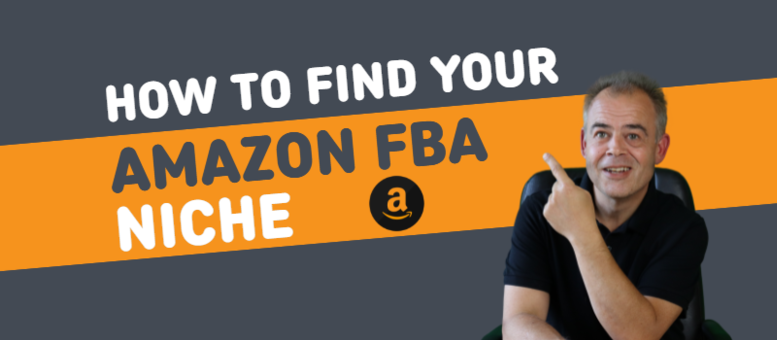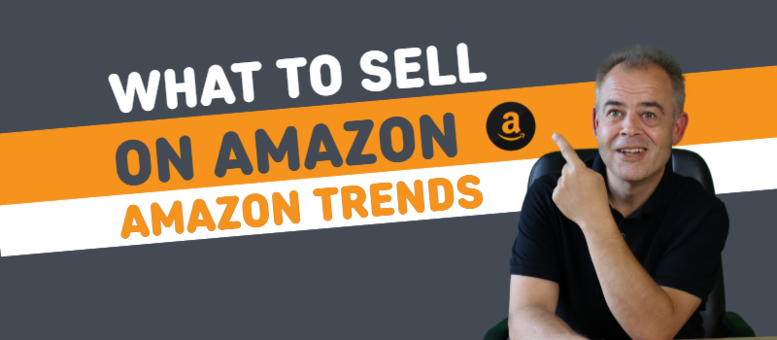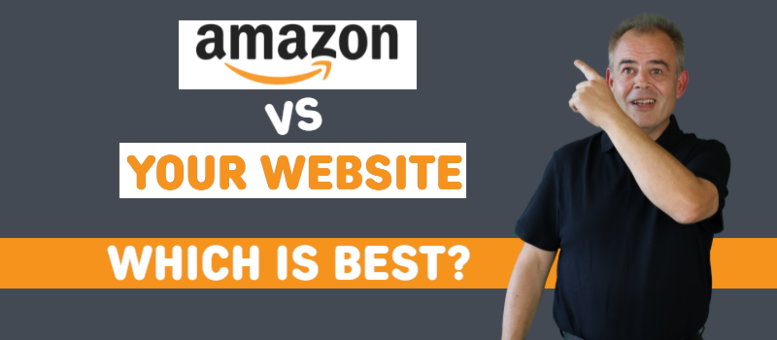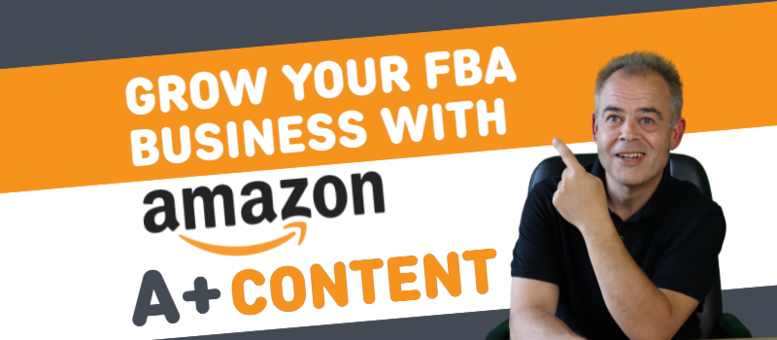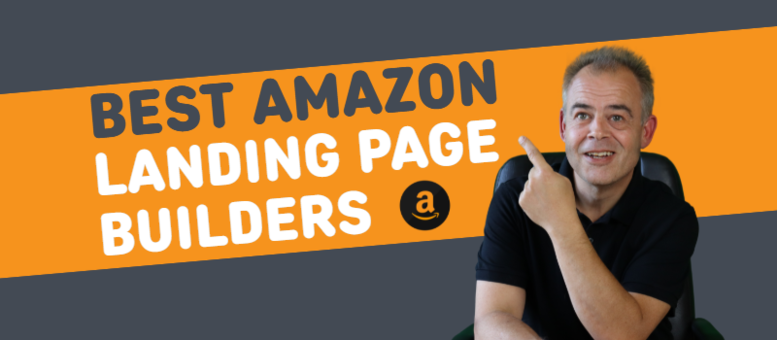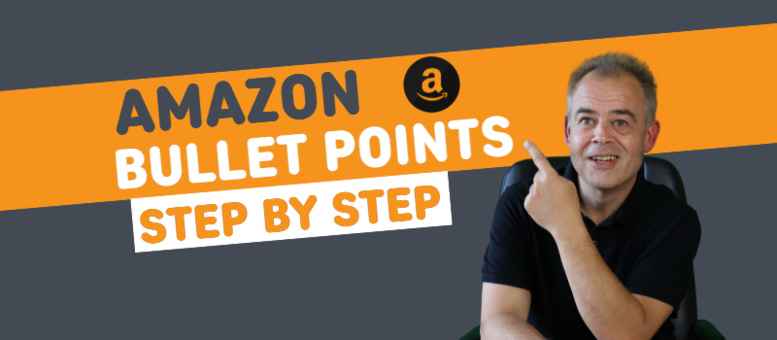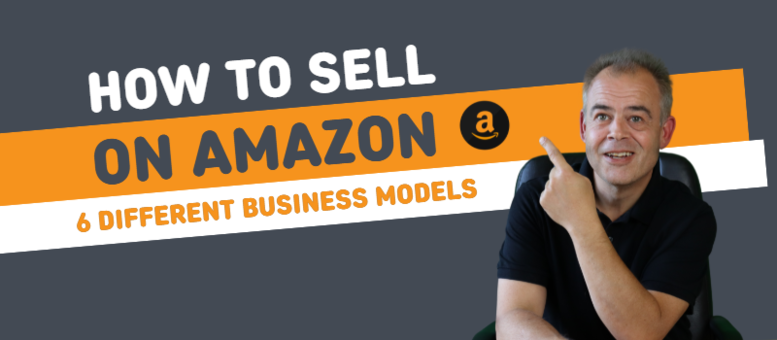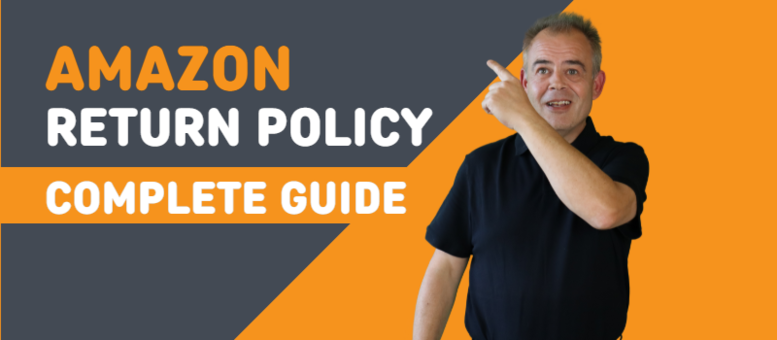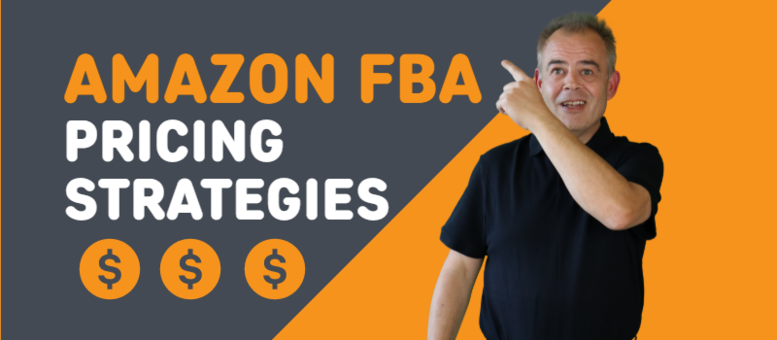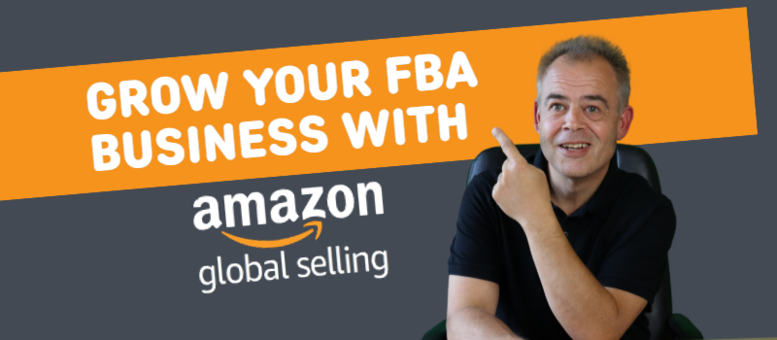If you want to sell on Amazon the first thing you will need to do is find your Amazon FBA niche. In this video I will show you how to do Amazon FBA niche research 2021.
Do you want to know how Amazon FBA works and how to make money from it in 2021?
Join the FREE Amazon FBA Training & Learn How To Make A Full-Time Income Online:https://bizwebjournal.com/amazontraining
Jungle Scout: https://bizwebjournal.com/junglescout
If you're looking to start a business selling products on Amazon, then you'll need to know and understand how on Amazon FBA works. Yes, you can start making money selling on Amazon, regardless of your experience selling online.
Amazon is one of the best opportunities to make a passive income and earn money from anywhere in the world. Gone are the days of directly exchanging your time for money. That's the old model. The new model leverages the incredible opportunity that the internet affords us.
Whether you want to make money working from home, or just want a side hustle, understanding how it works to start selling on Amazon will give you the upward momentum you need to launch your Amazon business today!
The best part about selling on Amazon is that the retail giant does all the work for you. You'll never have to pick or pack or ship a product, ever. Gone are the days of dealing with fulfillment or customer service requests. Amazon does it all for you. All you do is collect the income.
But in order to get there, you need to get on the road to building your Amazon FBA business today. Tune into the video now to discover just how powerful of a passive income machine Amazon can be and how you can start making money from it no matter where you live in the world!
How To Find A Profitable Amazon FBA Niche in 2021 - Audio file |
How To Find A Profitable Amazon FBA Niche in 2021 - Video transcript |
Hey guys and welcome back to my channel. Today I would like to go over how to find a profitable Amazon FBA niche, so be sure to watch all the way through so you don't miss any of the important details as we do have a lot to cover.
Now, before I hop into this video, if you are new to this channel you're going to want to subscribe as I talk about the best ways to make a full time income with Amazon FBA and always get straight to the point.
So please consider subscribing and turning on your post notifications if you like channels that don’t waste your valuable time, with that said let's get right into this video.
Now, it’s no surprise that the amount of sellers and customers using Amazon grows every single year. With fulfilment centers all over the world, the leading online sales platform, and hundreds of millions of users, Amazon is the place to be if you want to position your product in front of potential customers.
It even allows sole traders to launch global brands, taking care of their fulfilment, logistics and conversion optimization, allowing them to save time and focus on optimizing their listings and product research.
But the downside of this is that many of the most profitable niches will already be taken up by numerous sellers, some of whom are well established with thousands of reviews and years spent in high organic rankings.
Launching into such a niche is fighting a losing battle unless you have a large investment behind you or a huge amount of time.
Despite this, demand is changing all the time, and new trending products can arise. This means that if you know how to look out for good Amazon FBA niche ideas, you can find a product type with high demand and low competition. Launching into this with a great product and attractive listing will give you a head start on the competition and give you a much higher chance of success.
But with thousands of sellers all across the world doing the same thing, how do you find the best niche for Amazon FBA before the big boys do? But with a little understand of the data, it’s easier than you might think.
Now, before it go into this, what does niche products for Amazon FBA even mean and why does it matter so much.
The simplest way to think of a niche is as a small, self-contained part of a certain market or demographic. A “submarket” if you will.
Most niches have even smaller niches within them, so for example the “supplement niche” also contains the “protein supplement niche” which also includes the “vegan protein niche”.
In many cases, if a given category is too competitive, you can find something more specific and less competitive by simply “niching down”. This means that instead of trying to appeal to everyone within a given market, you’re targeting a very specific sector or area of it.
This means it’s much easier to make a product that pleases those people, and there are much less established sellers targeting the same group as you, so in general it will be easier to catch the market’s attention and turn a good profit this way.
But where do I start? How do I even know which niches to analyze? For many first time sellers, this is the first question they’ll need to answer. Remember, you’re looking for high demand, and low competition.
Chances are, if you just look into things that interest you, or the most obvious categories that sell well, competition is going to be really high. Keywords like “Adidas trainers” for example are going to be already packed full of established sellers or the Adidas brand themselves, and you aren’t going to stand a chance of competing.
Most unaware and uneducated Amazon sellers will go straight for the category with the most sales, but you want to avoid getting swamped and find gold elsewhere in the quiet niches that few are aware of. And the only way to find those is to crunch the numbers and put in the time.
Now, there are a lot of different ways to find a profitable niche for Amazon FBA, but here is what you should be looking for.
You don’t want to go for anything overly seasonal. Christmas decorations may look great if you check their demand in December but they will leave you high and dry the rest of the year! Some products may be like this without you even realizing, so do your research.
You want to find products which have a high perceived value and potential for markups. Unique or quirky products that people can’t just find in their local stores.
Before you decide which product to sell always keep in mind the weight & size; This is a two edged sword because a heavy and difficult to ship product may have low competition for that reason alone. But the fact is, extra packaging and shipping weight will mean a smaller margin, and it’s always worth looking for small and light products first
From a price point perspective you want something that’s high enough to not be considered too cheap to be any good, but also low enough to be in impulse buy territory. Roughly between 30 and $100.
Now, make sure you avoid Amazon Niches with products that are likely to break or malfunction easily such as glass and complex electronics. You also don’t want to sell items that are highly in demand at the moment but unlikely to last in the long term and products that are difficult to improve on or generally all the same, like USB sticks. Especially if these already have very small markups, as it will be way too difficult to turn a good profit
There are a lot of ways to find profitable Amazon niches. First, it may be a good idea to think of the subjects on which you’re already enthusiastic or knowledgeable, as there’s a good chance that you already have some ideas in this area.
For example, if you’re an experienced angler, maybe you have an idea for a more ergonomic rod handle that would benefit others. However, we can’t all rely on our own interests and hobbies, so here are some tips on how to find a good Amazon product niche.
Ensure it has a good profit margin. This might sound a little obvious, but it’s crucial to say, as most Amazon sellers learn this lesson the hard way with their first product. Remember, shipping, Amazon fees, tax, and marketing all need to be taken into account.
Your margin directly influences how many units you’ll need to sell to be successful, for example, if you pay 10 cents a unit and sell it for 1 dollar 50 cents this is a great margin, but you’re still going to need to sell huge volumes to make good money.
On the other hand, if you’re buying a unit for $10 and selling it for $35, while this is a smaller profit margin, it actually gives you more freedom to absorb costs and allows you to make a decent profit with less sales.
That’s why you need to keep the dimensions and weight in mind; Selling a product that is very large or heavy will simply add to your list of problems. Shipping will be more expensive, which may also turn customers off, damages will be more common, and your shipments from your manufacturer will likely have less units. Products that are small and light are much easier to deal with logistically and much cheaper to replace.
However, this doesn’t necessarily mean you should go for this type of product. Most sellers will prioritize this, meaning in some niches you may find much less competition by going for the heavier, larger products. Either way, it must be part of your planning and is a dangerous thing to overlook.
Also be 100% sure the demand is there. This is actually quite an easy one to overlook, as it’s easy to assume that if you sell a good quality product at a good price, that sales are guaranteed, but if nobody is looking for this type of product, you’re doomed to fail no matter how good your offering is.
I would recommend using an Amazon product research tool such as Jungle Scout to check the sales being achieved by existing sellers of similar products. So I left a link for you in the description if you want to check it out.
Aim for 150 plus sales per month, as any product that is achieving less than this exists in a small market that you aren’t going to get a decent slice of.
Now, if you are new to Amazon FBA, it all might seem a bit overwhelming as there are a lot of steps involved in building an Amazon business. And I wouldn't recommend piecing together everything by simply watching videos on YouTube. This is why I suggest investing your time in a great free training that can guide you through this process.
I recommend this training because this is the best training on the market and one that I have personally gone through. They walk you through every aspect of what it takes to start, grow and scale your Amazon business.
This training will build off of what I talk about inside my videos so I left a link for you in the description and if you're serious about selling on Amazon I encourage you to check it out!
Thanks for watching and please make sure to watch the next videos with more Amazon FBA tips that will show up right about now.

